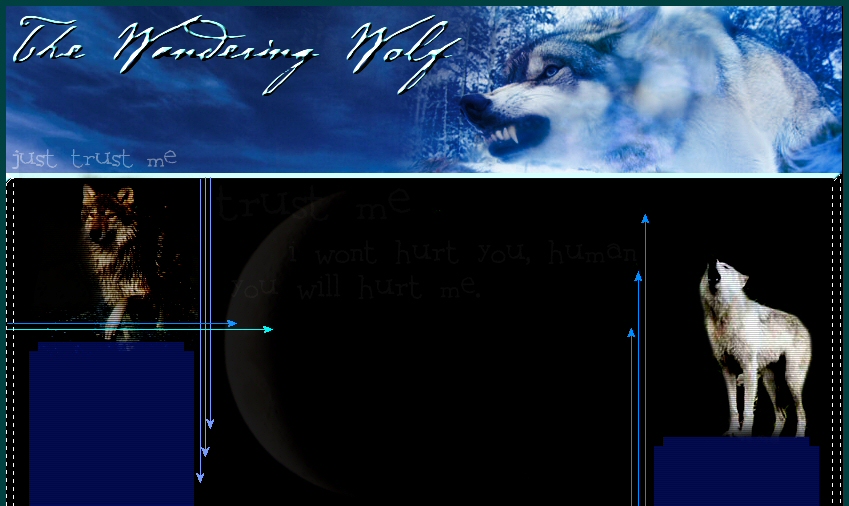

.: The Wolves :.
.: WSC Animals :.
.: The Cub :.
.: The Handwriting
.: My ABCs
.: The Basics
.: Googlism of Jade
.: The Pictures
.: The Pets
.: The Quizzes
.: The Art
.: Sister Sites :.

.: The Site :.
.: For A Wanderer
.: Competition :.
.: Contact :.
.: The Canada Lynx :.

Geographic Range: Canada lynx distribution closely follows the distribution of its main prey, the snowshoe hare, which inhabit boreal forests. The lynx formerly lived in most forested areas of north-central and northeastern North America, south along the Rocky Mountains to central Colorado. the main lynx population in the U.S. is found in Alaska. Low populations occur in Washington, Montana, Idaho, Wyoming, Colorado, Minnesota, Wisconsin, Michigan, New York (reintroduced) Vermont, New Hampshire, and Maine. There are large populations in many parts of Canada.
Status: The status oflynx overall is satisfactory. Listed as threatened in Washington and Minnesota. Delisted in Wisdonsin in 1997, now designated as Protected Wild Animal. They are not listed on the IUCN.
Length: 3 feet
Height: 2 feet
Weight: 15 - 35 pounds
Description: Short-tailed, long legged, similar to bobcats. Canada lynx are larger and have longer ear tufts and different tail markings. Lynx are reddish-brown to gray in color with a black tipped tail. Their faces and ear tufts are edged with black. Lynx have retractable claws and use their large, heavily furred feet like snowshoes.
Habitat: Primarily forested areas. They will use farmland if it is broken up enough with forested tracts.
Typical Diet: Snowshoe hares are the primary prey. Although, lynx will switch to small rodents, ground birds and occasionally white tailed deer hunting periods of low hare numbers.
Similar Species: Bobcat (Lynx rufus), Eurasian Lynx
Special Notes:
- Lynx are generally solitary and nocturnal
- Lynx territories may overlap but they seek out other lynx only to mate.
- Male lynx range in size from 56 - 94 square miles
- Female lynx territories range in size from 20 - 54 square miles
- They are able to breed when one year old, but they often do not breed until their second year
- Mating occurs in late January - February
- Gestation is 63 - 70 days
- Litters range in size from 1 - 4 kits
- The kits open their eyes around 8 - 10 days
- Kit fur is spotted until later in spring when they shed
- The female travels with her young for about 10 months (until March or April) and then she drives them away as the next denning season approaches
- Lynx populations are on a 10-year-cycle that follows snowshoe hare population numbers
- Lynx numbers lag behind the hare by 1-2 years, as hare number increase, lynx reporudction and recruitment increases
- The lynx/snowshoe ahre relationship cycle was discovered from Hudson's Bay Company harvest records, which date back to the 1800's
- There are several hypotheses about the lynx/snowshoe hare cycle:
1. Winter food shortages depress hare reproduction so when the population peaks, the cycle starts to go down. This decline is further decreased because of predation.
2. There may be changes in the nutritional quality of vegetation in response to hare browsing.
Long-term field experiments favor the hypothesis that predation alone is the driving force.
-DNA tests have proven that Minnesota has bobcat/lynx hybrids.